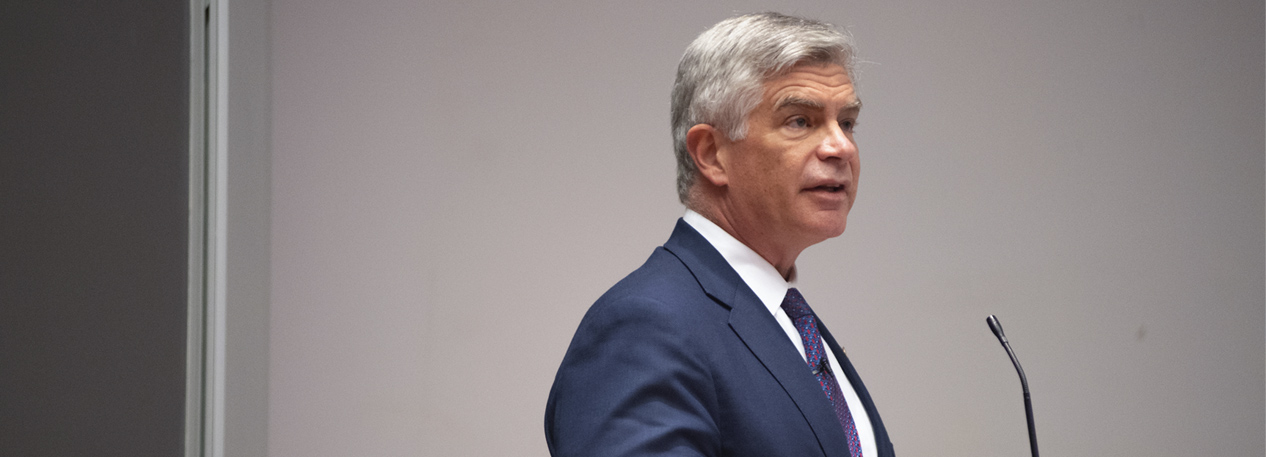For immediate release
Contact: Daneil Mazone, Media Relations, 215-574-7163
New York, NY — Business “has to start viewing workforce development as an investment, rather than a social service,” said Patrick Harker, president and CEO of the Federal Reserve Bank of Philadelphia.
At a book launch for Investing in America’s Workforce: Improving Outcomes for Workers and Employers, Harker discussed the overarching theme, “that everyone involved in workforce development should start thinking like investors looking for long-term rewards, rather than lenders thinking only about short-term risks.”
The book, based on collaborative research conducted across the Federal Reserve System, compiles contemporary research, best practices, and resources from more than 100 authors.
The initial report highlighted the need for shifts in perspective and approaches by all parties involved in workforce development.
The public sector “could be more effective by better aligning overlapping goals, such as workforce and economic development,” while the philanthropic world could take some of the risks others are unable to by acting as venture philanthropists and encouraging innovation.
“And employers should see their workers as assets to invest in, instead of line-item labor costs that can be limited or decreased.”
Investing in skills training, particularly for existing staff, “means a workforce with better skills, and creates entry-level openings for a new generation of talent as existing employees move up the professional ladder. It will also likely save capital in the long run: Consider the accumulated cost of employee turnover versus investing a fraction of that in upskilling a current or potential worker.”
Harker recently coauthored a report with Philadelphia Fed economist Lei Ding on the effects of automation on the employment landscape and the resulting reallocation of jobs and workers, a primary factor in the evolving needs of skills training programs.
